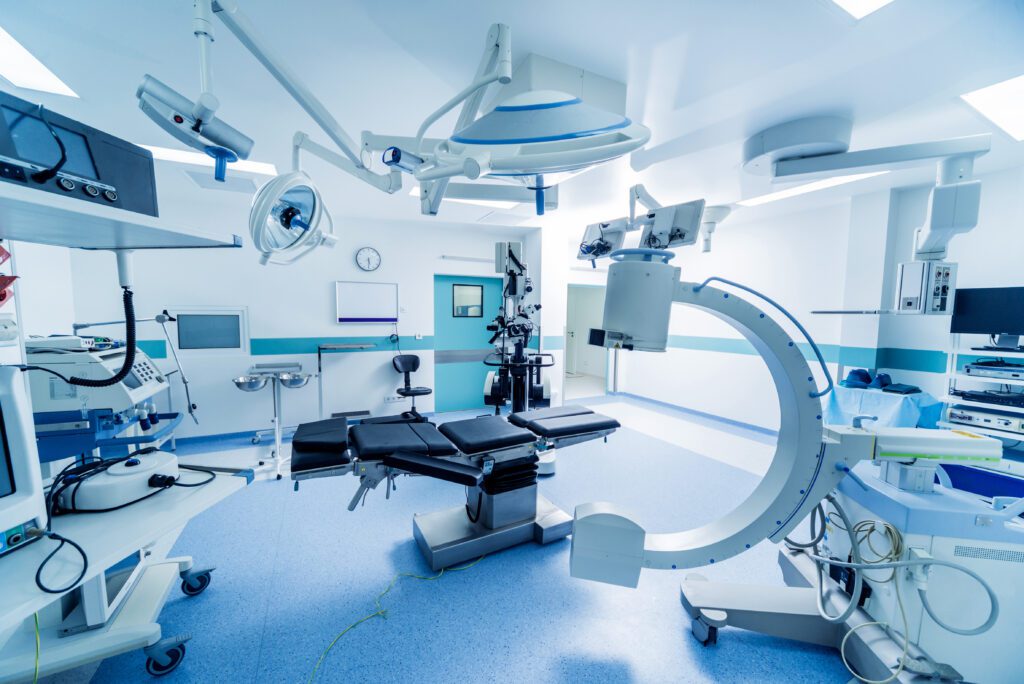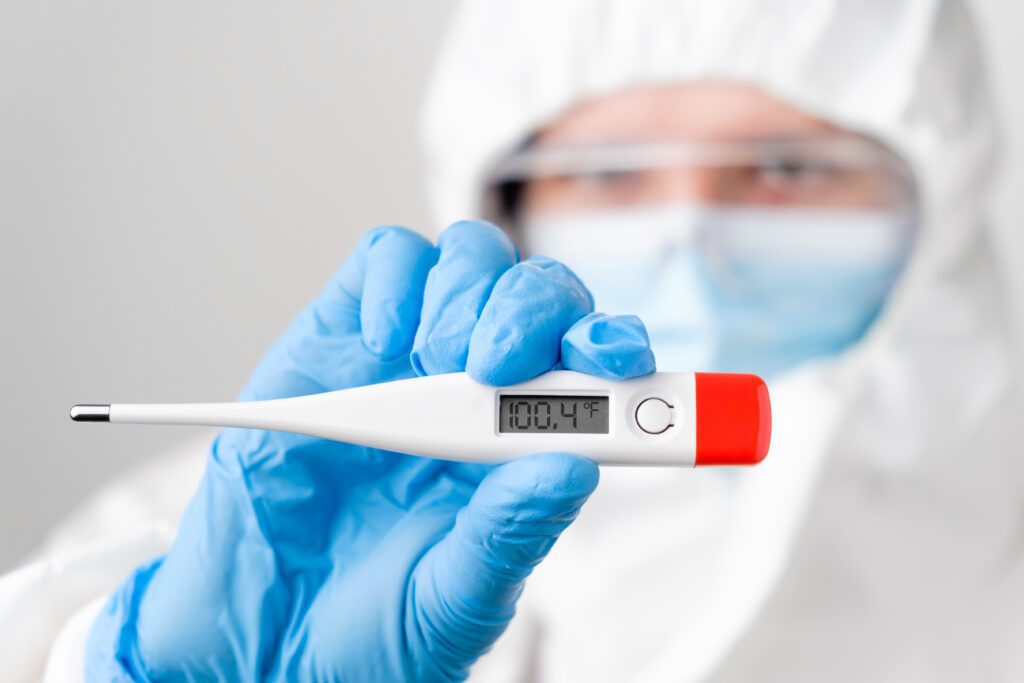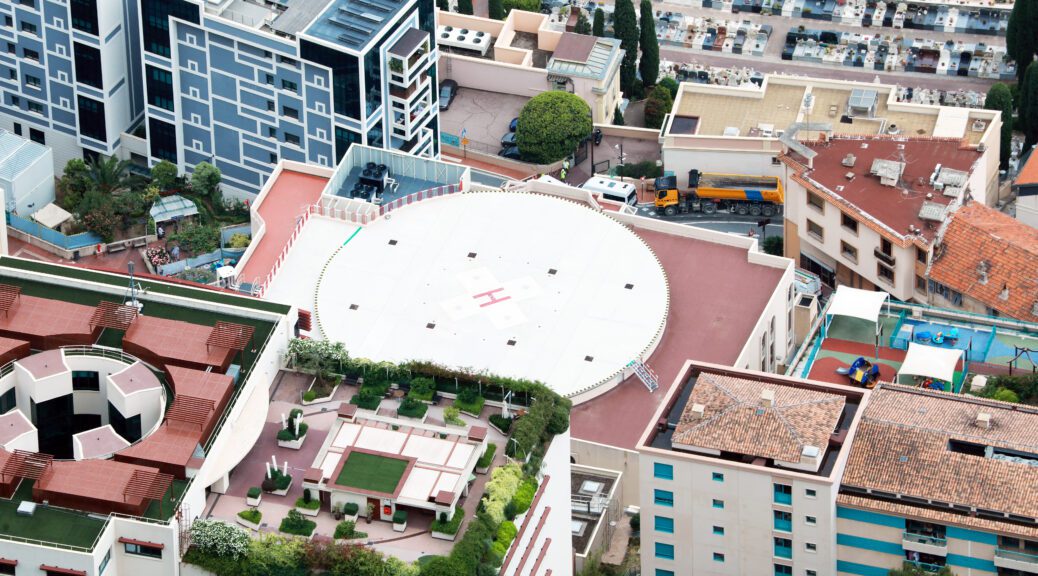As healthcare facility managers and construction professionals, you understand the critical importance of hospital infection control. One often-overlooked aspect of healthcare facilities is the role that hospital roofing plays in infection control. A well-designed and properly maintained roof decreases the frequency of leaks and absorbs less moisture, provides a more consistent indoor temperature, and prevents the entry of contaminants.
These qualities can help reduce the risk of infectious disease transmission within healthcare facilities. In this article, we’ll explore how investing in high-quality hospital roofing can significantly contribute to building a safer healthcare environment for patients and staff alike. Don’t let a compromised roof put your patients at risk. If your infection control risk assessment shows that you may need a roof replacement, contact us! Schedule a roofing estimate today to ensure the highest level of protection.
Understanding the Role of Roofing in Decreasing the Transmission of Pathogens
Pathogen transmission in a hospital setting is intricate, involving many pathways, hosts, reservoirs, and sources. These pathogens may enter the hospital through infected or colonized individuals, such as workers or patients, or originate from external sources.
Airborne pathogen infections stem from a complex interplay between the pathogen itself, the individual exposed, and the surrounding inanimate environment. Transmission via air occurs when infectious particles—small and lightweight enough to be carried by air currents—are inhaled. To effectively alleviate the transmission of these airborne particles, it is essential to implement primary interventions such as proper ventilation, efficient filtration systems, and effective roofing materials.
A well-maintained hospital roof is crucial for preventing the spread of airborne pathogens and reducing the risk of hospital-acquired infections. An intact, high-quality roof can effectively act as a barrier against airborne transmission, possibly reducing infections within healthcare facilities.
By ensuring that your hospital’s roof is in excellent condition when performing your infection control risk assessment, you can not only prevent the entry of contaminants but also significantly decrease the likelihood of infections occurring within the facility. Hospitals can create a safer and healthier environment for patients and staff by focusing on these solutions.
Decrease the Frequency of Roof Leaks

Leaks in a hospital’s roof can lead to numerous issues, including water-related issues and bacteria growth. These organisms pose a significant risk to patients and hospital staff, as they can cause infections and compromise overall health. Additionally, if a leak develops over an area with expensive and large equipment, it can render the machine inoperable and put patient care at risk.
Investing in a high-quality roof and performing regular maintenance can reduce the chances of leaks occurring. A leak-free roof helps ensure that the space in your healthcare facility remains a safe and healthy environment for all who enter.
Absorbs Less Moisture
A hospital roof that absorbs less moisture is essential for preventing the growth of water-related issues, which can negatively impact air quality and contribute to infections. Since some people are sensitive to water-related issues, such as mold and mildew, inhaling these spores can lead to issues such as a stuffy nose, wheezing, red or itchy eyes, and skin. Some people, such as those with asthma, may react more intensely.
Choosing the right roofing materials and engaging in proper maintenance practices can minimize the risks of moisture-related issues and maintain a healthier indoor environment for patients, staff, and visitors alike. Some materials, like PVC roofing, are better at keeping out the water, which can lead to some of these issues.
More Consistent Indoor Temperatures

Temperature fluctuations within a hospital can affect the efficiency of HVAC systems, which in turn can impact infection prevention and control measures. Having a hospital too warm, which can happen with a faulty HVAC system during the summer months, can lead to increased transmission of vector-borne diseases. So having a cool roof, like PVC or TPO roofing, which actively resists UV rays, can help your hospital stay cool.
A well-insulated and properly maintained roof helps maintain a consistent indoor temperature, allowing air conditioning and heating systems to work more effectively in controlling airborne pathogens. You will have a more comfortable environment for patients and staff and aid in preventing infections.
Prevents Entry of Contaminants
A well-sealed and properly constructed hospital roof is essential for preventing the entry of dust, debris, and other contaminants from construction and renovation projects or the surrounding environment. A hospital roof helps infection control by having properly sealed vents and protrusions that keep contaminants from hospitals.
Keeping these contaminants out can reduce the risk of infections within your healthcare facility, ensuring a safer and healthier environment for everyone. This protection is particularly crucial in areas prone to pollution or construction activity, as the potential risk for contamination is significantly higher in such locations.
Does Your Hospital Roofing Help in Infection Control?
Hospital roofing plays a crucial role in infection control by decreasing the frequency of leaks, absorbing less moisture, providing a more consistent indoor temperature, and preventing the entry of contaminants. As healthcare facility managers, contractors, and construction professionals, it’s essential to recognize the importance of investing in high-quality roofing solutions for the safety and well-being of patients and staff.
Don’t wait until an issue arises. Schedule a roofing estimate today to ensure your hospital’s existing roof is up to maintaining a safe and healthy environment.
Resources:
- https://www.rooferscoffeeshop.com/post/hospital-construction-projects-require-infection-control-plans
- https://roofingmagazine.com/ensuring-comfort-and-safety-for-patients-and-staff-is-crucial-in-hospital-re-roof/
- https://www.hfmmagazine.com/articles/3867-infection-control-during-construction
- https://www.cdc.gov
- https://earth.stanford.edu/news/how-does-climate-change-affect-disease


